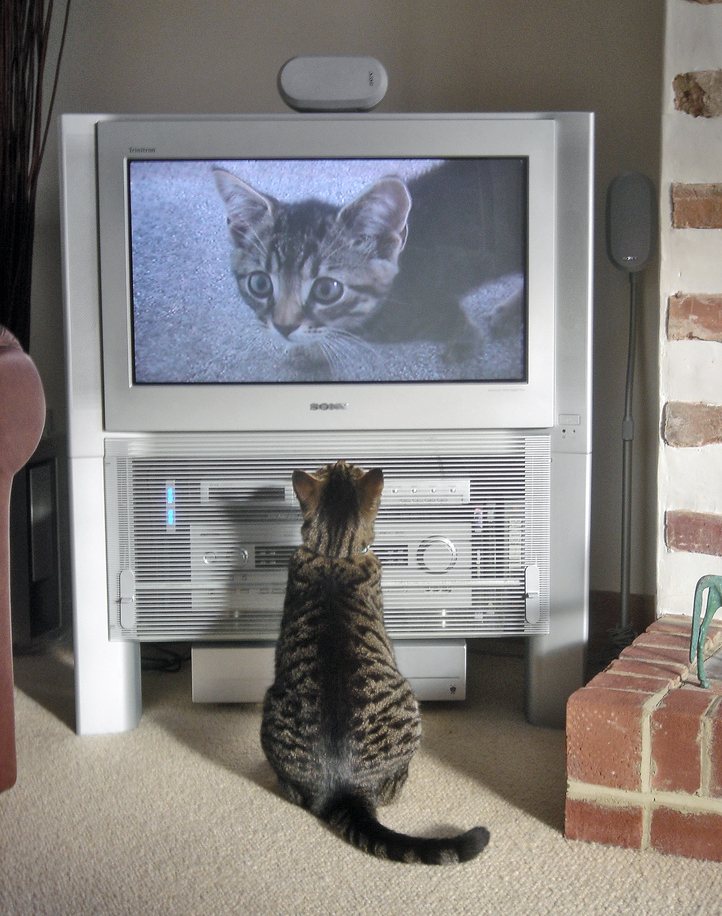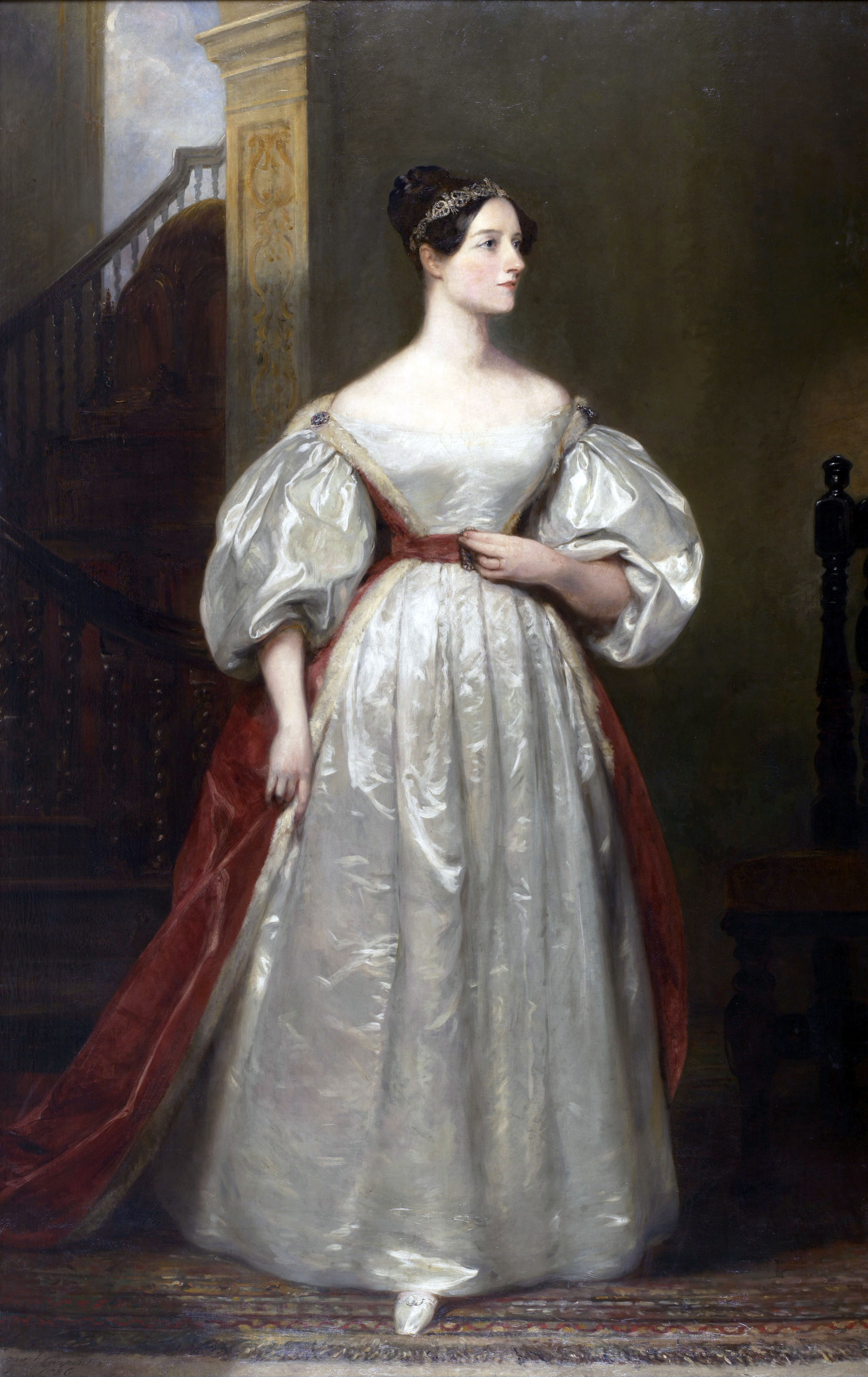|
Display Control Channel
Display Control Channel (DCC) is an advanced method of implementing an on-screen display (OSD) technology on KVM switches. On-screen display technology used on KVM switches is used to show control and selection functions pertaining to the KVM, such as what port is selected, and what ports have computers connected. OSD is typically broadcast on top of the selected channel's existing display. Because of this, the quality of the OSD's images is inconsistent and unreliable. Its size and positioning depend on the video resolution of each individual system connected. On KVMs with a DCC controlling menu, the configuration selection is displayed on a dedicated independent video channel. The quality of the controlling menu is more secure and reliable because of this. The DCC method of broadcasting this information via an independent channel allows for greater functionality and more programming possibilities in the future. Display Control Channel is patented bConnectpro See also *Di ... [...More Info...] [...Related Items...] OR: [Wikipedia] [Google] [Baidu] |
On-screen Display
An on-screen display (OSD) is an image superimposed on a screen picture, commonly used by modern television sets, VCRs, and DVD players to display information such as volume, channel, and time. History In the past, most adjustments on TV sets were performed with analog controls such as potentiometers and switches. This was used more recently also in monochrome portable TVs. After remote controls were invented, digital adjustments became common. They needed an external display, which was LED, LCD, or VFD based. Including this display increased manufacturing costs. When electronics became more advanced, it became clear that adding some extra devices for an OSD was cheaper than adding a second display device. TV screens had become much bigger and could display much more information than a small second display. OSDs display graphical information superimposed over the picture, which is done by synchronizing the reading from OSD video memory with the TV signal. Some of the first ... [...More Info...] [...Related Items...] OR: [Wikipedia] [Google] [Baidu] |
KVM Switch
A KVM switch (with KVM being an abbreviation for "keyboard, video, and mouse") is a hardware device that allows a user to control multiple computers from one or more sets of keyboards, video monitors, and mice. Name Switches to connect multiple computers to one or more peripherals have had a variety of names. The earliest name was Keyboard Video Switch (KVS). With the advent of the mouse, the Keyboard, Video and Mouse (KVM) switch became popular. The name was introduced by Remigius Shatas, the founder of Cybex, a peripheral switch manufacturer, in 1995. Some companies call their switches Keyboard, Video, Mouse and Peripheral (KVMP). Types With the popularity of USB—USB keyboards, mice, and I/O devices are still the most common devices connected to a KVM switch. The classes of KVM switches that are reviewed, are based on different types of core technologies in terms of how the KVM switch handles USB I/O devices—including keyboards, mice, touchscreen displays, et ... [...More Info...] [...Related Items...] OR: [Wikipedia] [Google] [Baidu] |
Video Resolution
The display resolution or display modes of a digital television, computer monitor or display device is the number of distinct pixels in each dimension that can be displayed. It can be an ambiguous term especially as the displayed resolution is controlled by different factors in cathode ray tube (CRT) displays, flat-panel displays (including liquid-crystal displays) and projection displays using fixed picture-element (pixel) arrays. It is usually quoted as ', with the units in pixels: for example, ' means the width is 1024 pixels and the height is 768 pixels. This example would normally be spoken as "ten twenty-four by seven sixty-eight" or "ten twenty-four by seven six eight". One use of the term ''display resolution'' applies to fixed-pixel-array displays such as plasma display panels (PDP), liquid-crystal displays (LCD), Digital Light Processing (DLP) projectors, OLED displays, and similar technologies, and is simply the physical number of columns and rows of pixels creati ... [...More Info...] [...Related Items...] OR: [Wikipedia] [Google] [Baidu] |
Computer Programming
Computer programming is the process of performing a particular computation (or more generally, accomplishing a specific computing result), usually by designing and building an executable computer program. Programming involves tasks such as analysis, generating algorithms, Profiling (computer programming), profiling algorithms' accuracy and resource consumption, and the implementation of algorithms (usually in a chosen programming language, commonly referred to as coding). The source code of a program is written in one or more languages that are intelligible to programmers, rather than machine code, which is directly executed by the central processing unit. The purpose of programming is to find a sequence of instructions that will automate the performance of a task (which can be as complex as an operating system) on a computer, often for solving a given problem. Proficient programming thus usually requires expertise in several different subjects, including knowledge of the Domain ... [...More Info...] [...Related Items...] OR: [Wikipedia] [Google] [Baidu] |
Display Data Channel
The Display Data Channel, or DDC, is a collection of protocols for digital communication between a computer display and a graphics adapter that enable the display to communicate its supported display modes to the adapter and that enable the computer host to adjust monitor parameters, such as brightness and contrast. Like modern analog VGA connectors, the DVI and DisplayPort connectors include pins for DDC, but DisplayPort only supports DDC within its optional Dual-Mode DP ( DP++) feature in DVI/HDMI mode. The standard was created by the Video Electronics Standards Association (VESA). Overview The DDC suite of standards aims to provide Plug and Play and DPMS power management experiences for computer displays. DDC1 and DDC2B/Ab/B+/Bi protocols are a physical link between a monitor and a video card, which was originally carried on either two or three pins in a 15-pin analog VGA connector. Extended display identification data (EDID) is a companion standard; it defines a compact ... [...More Info...] [...Related Items...] OR: [Wikipedia] [Google] [Baidu] |
Computer Peripherals
A peripheral or peripheral device is an auxiliary device used to put information into and get information out of a computer. The term ''peripheral device'' refers to all hardware components that are attached to a computer and are controlled by the computer system, but they are not the core components of the computer, such as the CPU or power supply unit. In other words, peripherals can also be defined as devices that can be easily removed and plugged into a computer system. Several categories of peripheral devices may be identified, based on their relationship with the computer: *An ''input device'' sends data or instructions to the computer, such as a mouse, keyboard, graphics tablet, image scanner, barcode reader, game controller, light pen, light gun, microphone and webcam; *An ''output device'' provides output data from the computer, such as a computer monitor, projector, printer, headphones and computer speaker; *An ''input/output device'' performs both input and output f ... [...More Info...] [...Related Items...] OR: [Wikipedia] [Google] [Baidu] |



